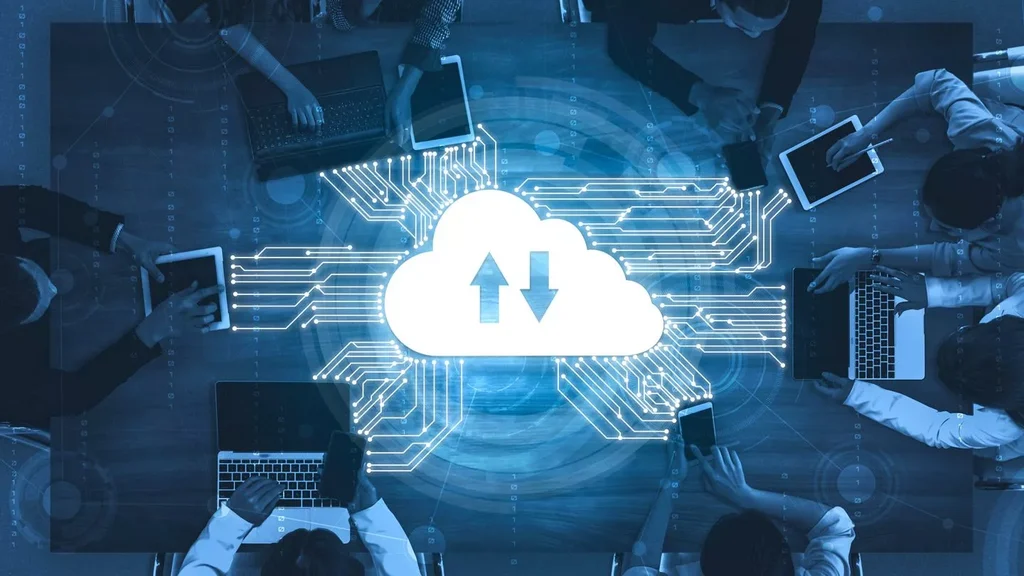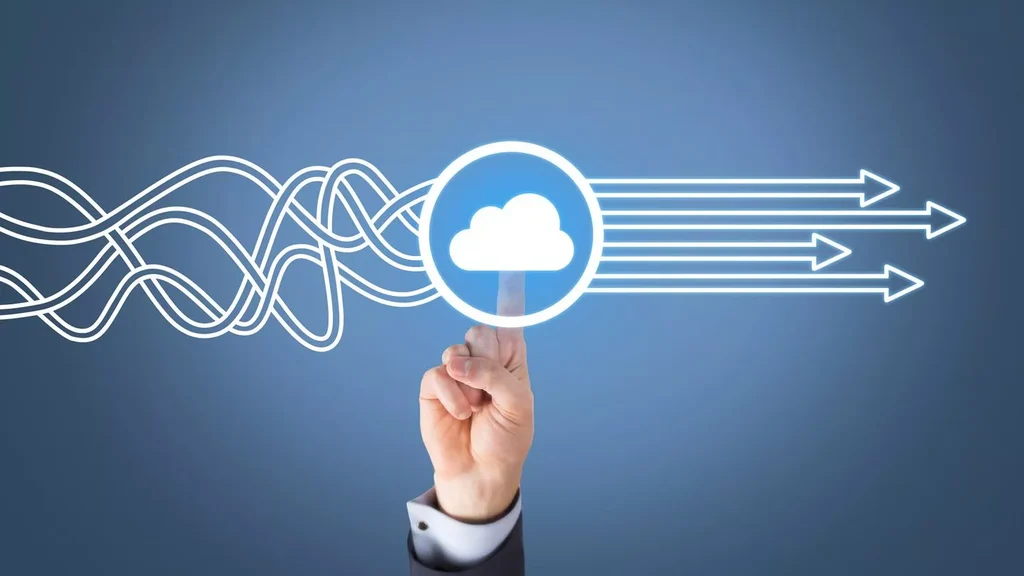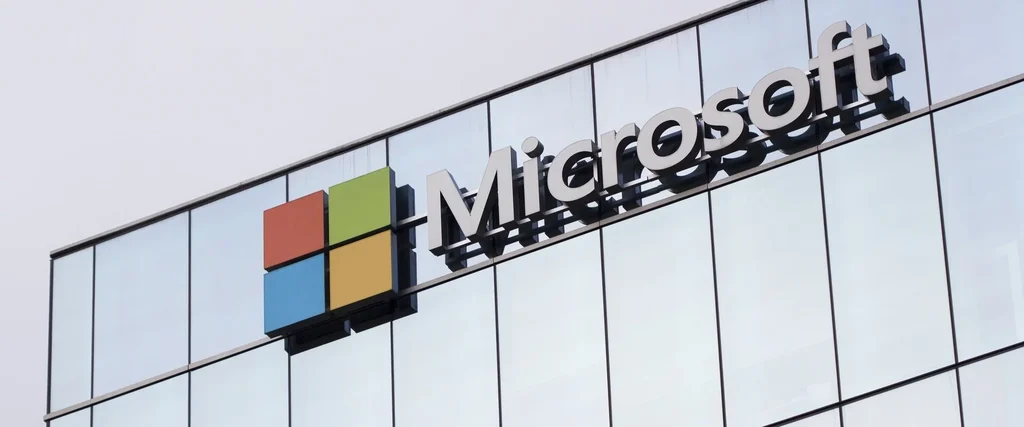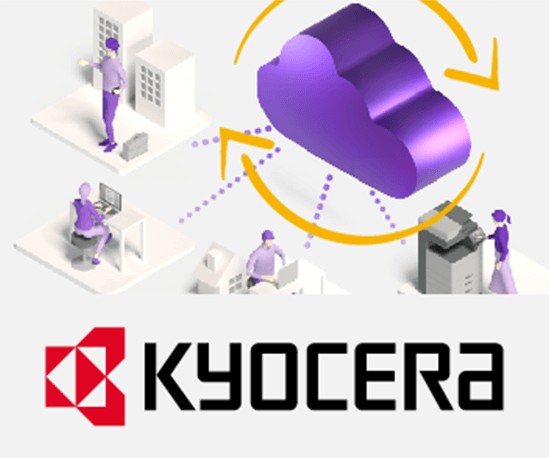

2 August 2021
4 Reasons to Modernize your Document Archive
By Stephanie Schuldes
The digital transformation is changing the way we work. On a smaller scale, the necessary and appropriate steps will vary greatly. Where to start? One of the first steps must be to re-evaluate and modernize the organization’s information management. For a variety of reasons, this is the starting point for all following steps.
Why modernize?

1. Compliance: Your document archive no longer meets all legal, technical and organizational requirements
Compliance criteria are already difficult and costly to enforce (just think of GDPR). Legacy systems can make it even more complicated, or they may not be able to implement it all.
In addition, security standards and technologies may change and old systems may not be able to keep up (e.g. encryption of data and transmission, or role and rights management in the document management system).
A modern archiving system:
- provides legally compliant digital archiving to help get rid of paperwork
- implements current security standards

2. Integration: Your document archive is no longer keeping pace with your other, more modern systems
When some systems implement emerging technology earlier than others, integration can be at risk. What if the latest ERP API is not compatible with the legacy archiving system interface? You could wait for the slower system to catch up. But it might not happen. And in any event, waiting will slow down the update of other apps (meaning you won’t benefit from bug fixes or new features).
A modern archiving system:
- uses future-proof and cloud-native technologies
- can be used in the long term, personnel also available for this purpose
- communicates via interfaces/APIs with other systems
- forms a central data platform that can be accessed by all applications

3. Costs: You are paying high maintenance fees for little added value
The costs of legacy systems are often much higher than necessary. In certain cases, a versatile ECM is used only as an archiving tool. Not only does this neglect more powerful functions, it also means wasted maintenance fees.
Moreover, complexity is a challenge to business operations and to the efficiency of employees.
A modern archiving system:
- meets the needs of the organization
- reduces infrastructure costs: because a cloud-native architecture allows for precise scaling as needed (e.g., outsourcing individual services for days with peak loads), costly infrastructure may not need to be maintained on a long-term basis, but can be booked on demand
- allows to use open source databases (such as PostgreSQL) instead of costly proprietary databases

4. Innovation: Your document archive doesn’t fit into your cloud strategy
Whether you like it or not, the cloud is here to stay. Even if you have strong reasons not to move at the moment, you might think differently in a couple of years.
Holding on to old systems for too long will hinder an organization’s growth. Perhaps the legacy system (the weakest link in the chain) slows down the upgrading of other systems in the system landscape. Or emerging challenges presented by existing developments cannot even be considered. Any technical potential must be fully exploited to stay competitive.
A modern archiving system:
- allows to move to the cloud at your own pace
- is future-proof
How to modernize?
The existing systems do not need to be ripped and replaced. Instead, you should build a separate layer to handle the data and documents they use in a single location. In this way, data can be made available to all software used in the enterprise by exploiting previous investments.
A true cloud-native architecture is the key to future-proofing: rather than porting an existing architecture to the cloud, everything is rebuilt from the ground up. This enables the system to fully exploit the benefits of cloud technologies and principles:
- scalability of individual services during demand peaks
- almost limitless scalability of the number of documents that can be managed in one system instance
- low downtimes since microservices are automatically restarted
- can run on-premises, in the private or public cloud, or in a hybrid scenario
- seamless transition from on-premises to cloud at any time without code migration
A hybrid approach
You could still take advantage of the cloud right now without converting completely. If you choose a cloud-native system, the code can run anywhere. So you can start on-premises, move as many services to the cloud as you need (even temporarily to handle peak loads), or migrate entirely. An example for such a system is yuuvis® Momentum.
Conclusion
Legacy systems are associated with a number of drawbacks and risks for your organization. They could jeopardize compliance, security, and proper integration into the system landscape. Maintenance costs can be far too high for what you get out of the system in return. And finally, the development of the organization may be slowed down, which means that it cannot keep up with the competition.
A sensible approach to modernizing leverages existing systems and combines them with new technologies. Using a cloud-native architecture helps you to flexibly choose where the system should run: on-premises, in a cloud or a combination of both, known as a hybrid approach. This helps maximize stability and make the organization future-proof.
You might also like
Do you have any further questions?
Get in touch with us!






































